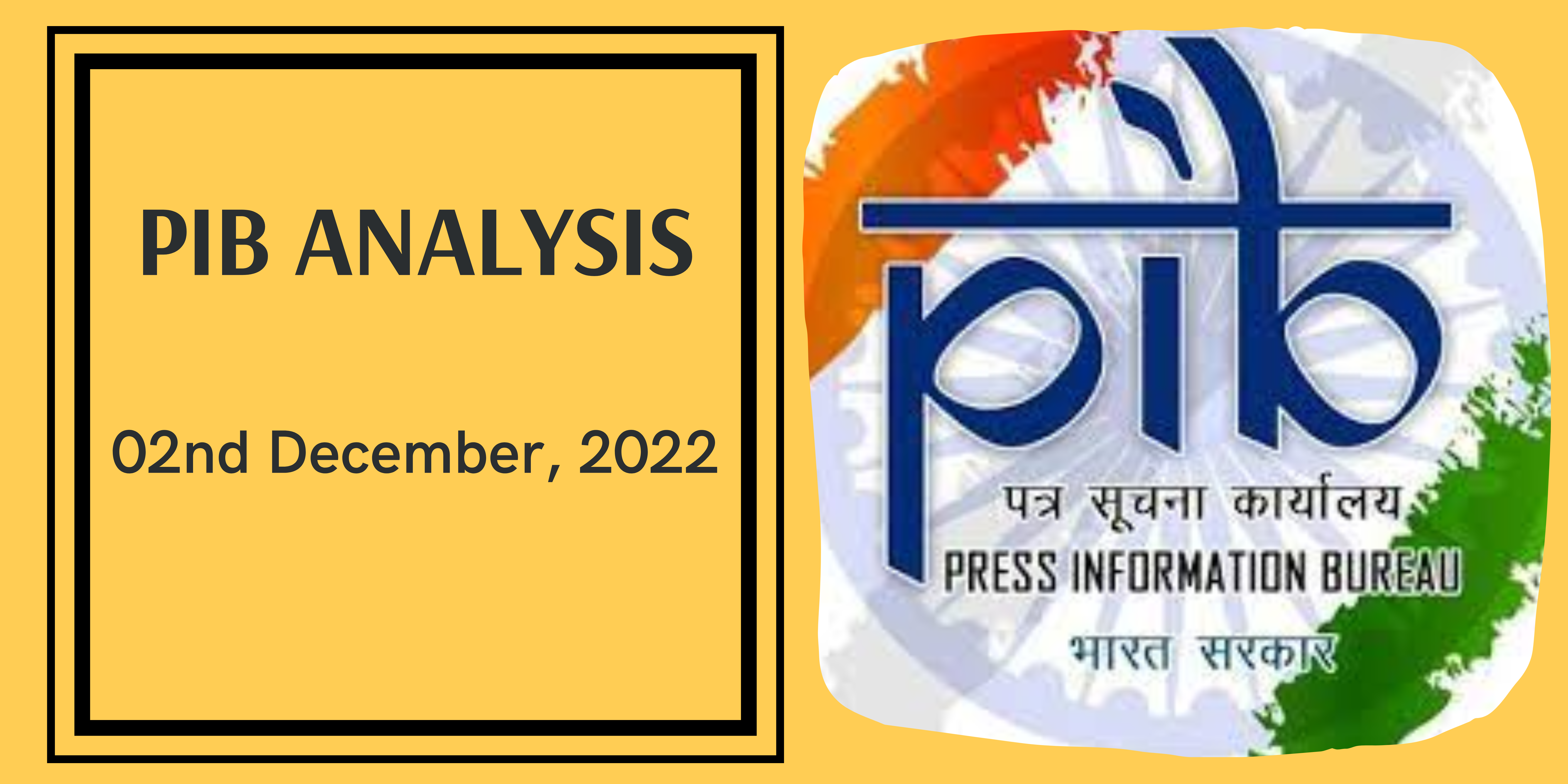India’s Global Ascent
Context:
The article revolves around the examination of India’s emergence as a global power and the challenges associated with this transformation. It also throws light on exploring the contrasting perspectives on India’s role in the world.
Relevance:
GS-02, GS-03 (International Relations) (Growth and Development)
Mains Questions:
- Should India prioritize its internal development over asserting its place as a great power? Discuss with reference to its foreign policy objectives. (250 words)
Dimensions of the Article:
- From 1991 to 2023: India’s Remarkable Transformation
- India’s Role as a Pivotal Swing Power
- Way Forward: Navigating Challenges and Embracing Power
From 1991 to 2023: India’s Remarkable Transformation
- Let us delve into India of 1991, a nation grappling with weakness, poverty, and numerous challenges. The foreign exchange reserve stood at a paltry $5.8 billion, while the nominal GDP hovered around $270.11 billion for a population of 846 million, with around 50% living in poverty.
- Tensions with Pakistan and the violence in Kashmir cast a shadow over the nation. In the backdrop of a collapsing Soviet Union and strained relations with the United States, India’s ruling elite faced uncertainties.
- Amidst all this, American officials closely monitored India and Pakistan’s nuclear plans. Fast forward to 2023, and India’s foreign exchange reserve has grown exponentially to around $600 billion. The prospect of war with Pakistan no longer keeps Indian leaders awake at night; the focus now shifts to China.
- Economic reforms initiated after the 1991 crisis fueled not only higher GDP growth but also significant poverty reduction. Presently, India ranks as the world’s fifth-largest economy with a potential nominal GDP of $4 trillion. Moreover, the country wields a formidable military strength, including a considerable nuclear arsenal. The United States has emerged as a close ally, and India enjoys robust relationships with influential global powers.
India’s Role as a Pivotal Swing Power
- Geopolitically, India occupies a strategic position, often adroitly maneuvering between competing interests. Recent developments in the Ukraine war have thrust India’s role in world politics into the limelight.
- While the United States and the West seek India’s partnership, an embattled Russia endeavors to retain India’s allegiance. Proposals for India to mediate between Ukraine and Russia have surfaced, underscoring India’s perceived capacity as a global mediator.
- Such geopolitical positioning suggests that India may indeed be a major “pole” in world politics, capable of shaping international dynamics. However, whether this newfound influence is truly commensurate with its size and ambition remains to be seen.
Way Forward:
- The Conundrum of GDP and Well-being: Despite being the world’s fifth-largest economy, India’s GDP per capita in 2021 stood at $1,947, trailing behind Bangladesh, a country with a GDP per capita of $2,227, despite having a much smaller military. This juxtaposition highlights that GDP and military prowess do not necessarily equate to the well-being of a nation’s citizens. India confronts pressing infrastructural and governance issues, hindering ease of doing business and coping with environmental challenges like annual floods in the national capital. Deep-seated regional, caste, ethnic, and religious divisions further complicate the domestic landscape. Under such circumstances, foreign policy often takes a backseat, managed by risk-averse bureaucrats, lacking the political will to make bold decisions.
- The Limits of Economic Weakness: India’s weak domestic economy curtails its capacity to allocate sufficient resources for foreign policy objectives. While the appetite for external engagement has grown, the reality of economic challenges persists. The Parliamentary Committee on External Affairs noted a declining allocation to the Ministry of External Affairs, which could hamper the realization of India’s rising aspirations and global stature. Striving for great power status amidst domestic hurdles risks diverting the political elite’s focus from more immediate concerns.
Conclusion:
In the quest for becoming a global power, India finds itself at a crucial crossroads. Balancing its rise as a significant international player with addressing pressing domestic challenges demands careful navigation. Embracing power on the global stage is not a matter of nationalistic hubris but a pragmatic approach to safeguarding India’s economic growth, security environment, and geopolitical interests. India’s journey to shaping the world order must be an extension of its commitment to improving the well-being of its people. While limitations exist, ignoring the global stage would be a missed opportunity to influence the rules and dynamics of a globalized world actively. India’s destiny as a global power is intricately linked to the choices it makes today, for the complexities of power, and the consequences it entails, will define not only the world’s future but also the destiny of its vast populace.




